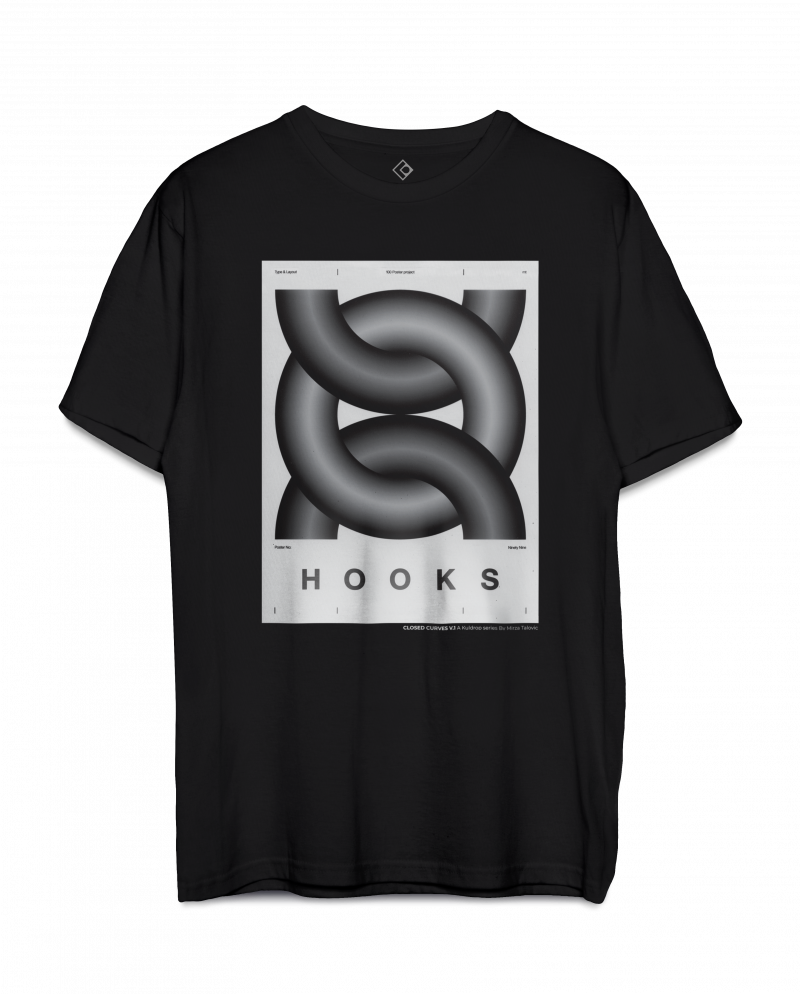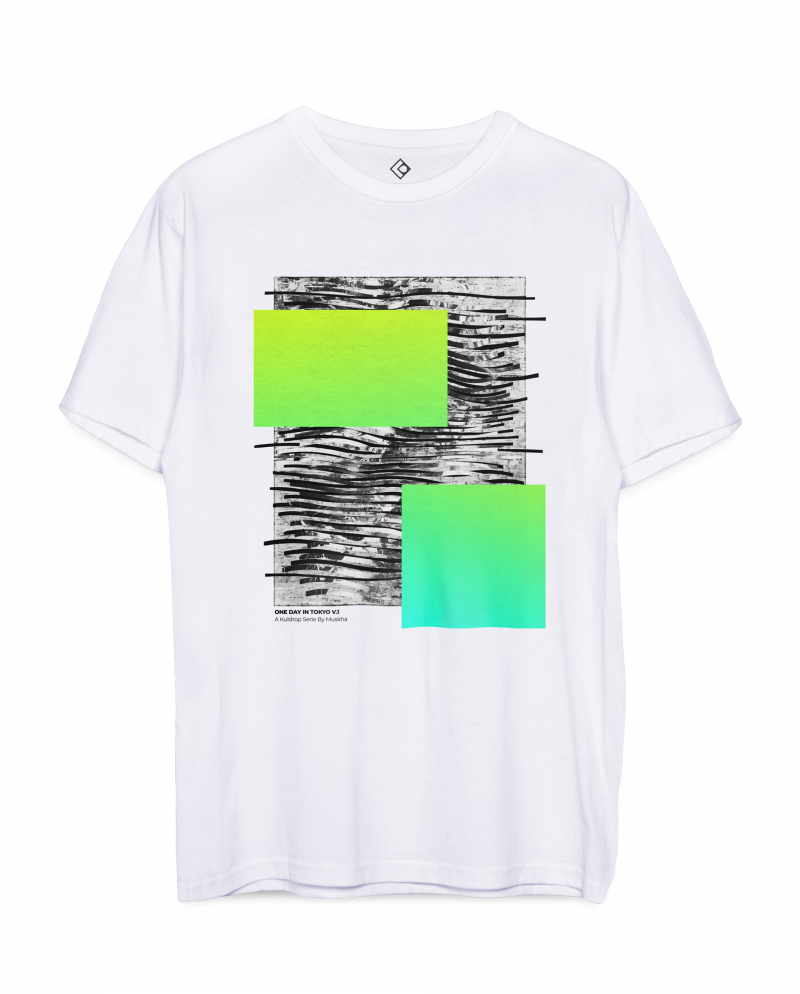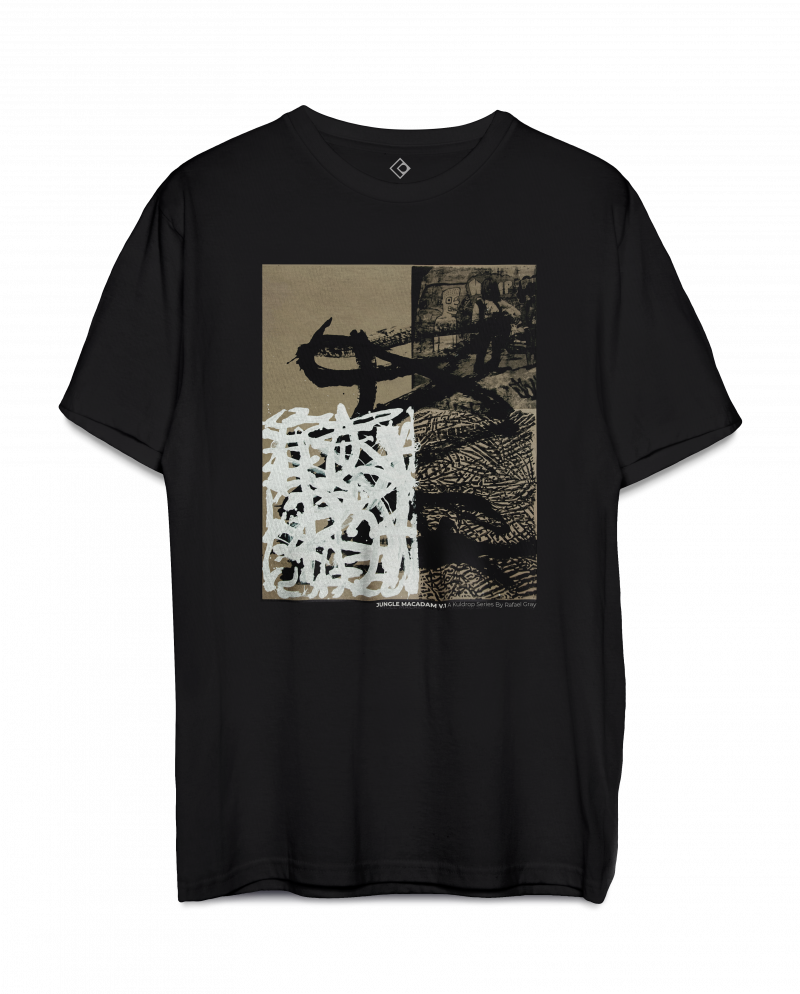Born Underground: Techno, High Fashion & Berlin
By taylor Belgeri
“I remember going out in sweatpants and hoodies, because if you dressed up more, people would notice as if something was wrong with you.”
-Maxime Ballesteros, photographer
Berlin’s Techno Fashion Trends, an introduction.
When the Berlin Wall fell, the city assumed an identity of distinction—and for party-goers, that
distinction was all about anti-movements. Anti-mainstream, anti-capitalism, anti-commercialization. These ideals led to an underground techno scene that flourished in the 90s and was based in Berlin’s abandoned industrial complexes.
As its techno scene developed, fashion became a subversive element of club culture. Music with wave, techno, and punk influence filled the empty concrete walls where youth wore second-hand Adidas, Daniel Poole pieces, and Stüssy. (Tons of Stüssy.) Even music labels started to influence fashion and vice versa, like with Frankfurt’s Velvet Monkees.
Berlin was at the forefront of streetwear and fetishwear. Some might have called Berlin of the 90s the last domain of the true punk spirit. But by the early 2000s, Berlin’s underground scene saw style-policing bouncers show up. The tie between fashion and underground clubbing was pulled tight—along with a sense of exclusivity.
Streetwear was becoming Fashion, fetishwear was becoming Fashion, in a blend of brutalism, punk ideals, black monotones, and anti-everything. So, how did high fashion get involved with Berlin? And why is the city’s club culture so fundamental to current collections released by brands like Balenciaga, Givenchy, and Gucci?
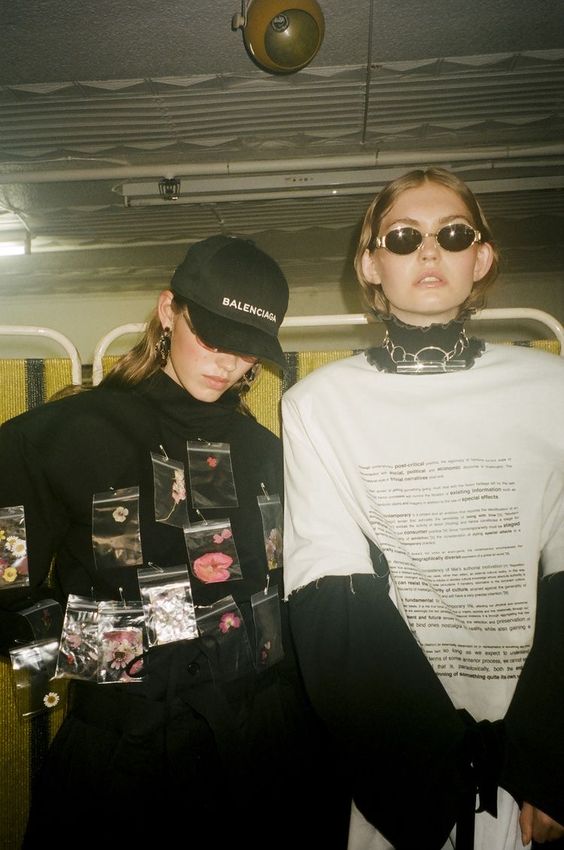
A Tale of Two Cities
“There’s a sense of style here that’s not so much about fashion. It’s not brand related. It’s sportswear, combined with fetishwear, combined with vintage.” -Honey-Dijon, DJ
Berlin’s 90s scene spilled over into a more exclusive and spread-out club culture in the 2000s. The world began to notice that Berlin had a certain je ne sais quoi—and people wanted in. What began as an anti-mainstream movement born in the late 1980s started seeing coverage from major publications. By 2011, celebrities like Gwyneth Paltrow were elbowing their way into Berghain and squealing about it on shows like Ellen.
Unsurprisingly, this attention from the mainstream threatened Berlin’s underground club culture. After all, is it still underground if the whole world knows what happens in the mazes at Griesmuehle? (And, seriously, who the fuck let Gwyneth Paltrow into Berghain?)
Fashion is a great lens to study this shift. At the same time clubs like Berghain were seeing major international coverage, others were paying closer attention to what was worn in these clubs. Into the 2000s, Berlin’s underground fashion cues evolved. The emphasis on baggy streetwear and black stayed, but fetishwear came to the forefront. So did finer ateliers—enough so that Angela Merkel herself started to order her (power) pantsuits and other tailored pieces from Berlin-based creators. Her goal: don’t be flashy.
The city had become associated with a higher class of fashion than its earliest club-goers could have imagined. It was born in the city’s underground clubs, but it had gotten a Chancellor-level nod of approval.
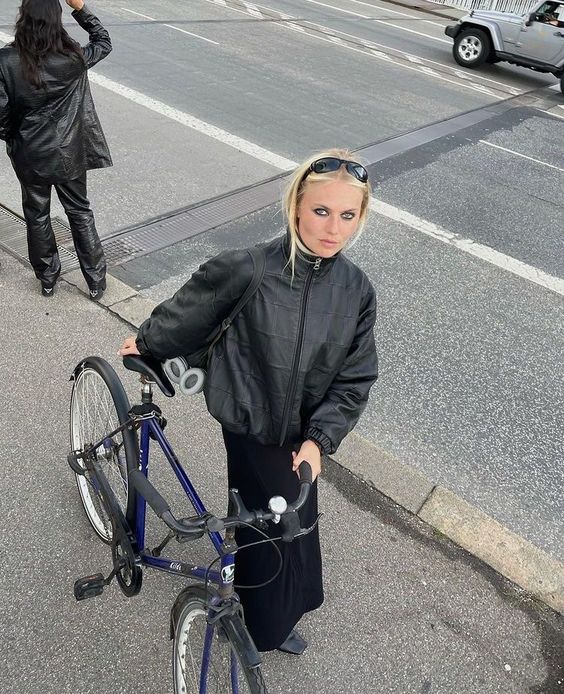
Berlin’s Techno Fashion Trends with a Capital F;
“The mainstream comes to you, but you have to go to the underground.” – Frank Zappa
High fashion shouldn’t succeed in Berlin if viewed in a certain way. Fashion houses are focused on profits, celebrity, and mass production—and Berlin’s underground doesn’t give a fuck about fame, fortune, or commercialization. (At least, in theory.)
But that hasn’t stopped a fruitful relationship, perhaps even muse-like symbiosis, between Berlin and high fashion houses. Back in 2019, multiple collections included overt callouts to fetishwear and leather, including Gucci and Givenchy’s fall collections. Throw in Balenciaga’s multi-year pivot toward streetwear with an emphasis on black monotones and brutalism, and there’s plenty of proof that Berlin’s aesthetic has gone high fashion.
But it’s not a straightforward relationship. The underground doesn’t like to acknowledge these fashion houses because of their commercial status. And, at the same time, fashion houses aren’t necessarily interested in being associated with Berlin’s more general skepticism of capitalism.
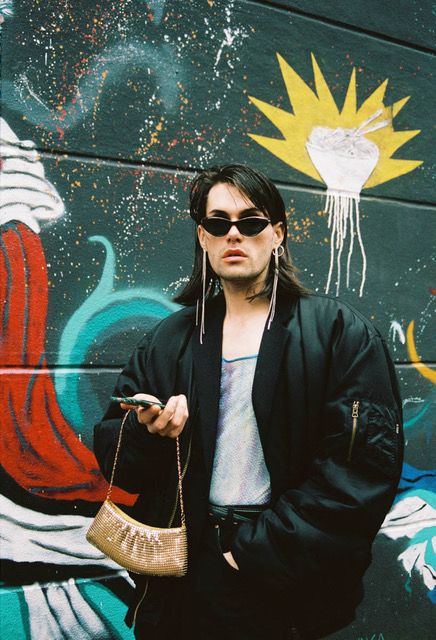
Case Study: Balenciaga’s Brutalist Store & the Demna Effect
“Demna’s unique approach, nurtured by sociological observation, made him a natural fit” -Francois Henri Pinault, CEO of Kering
Berlin’s Techno and high fashion trends aren’t necessarily mutually exclusive. And let’s keep in mind that fashion designers aren’t appropriating from the city’s underground if they’re also a part of it. Let’s zero in on an example in Demna Gvasalia.
Back in 2015, he was appointed as the creative director of Balenciaga. Only three years later in 2018, Gvasalia opened Balenciaga’s first retail location in Berlin. The store’s interior was built in a brutalist style recognizable throughout the city’s eastern half. This is a clear call-out to Berlin’s early club culture since its earliest clubs occupied vast industrial buildings.
However, Gvasalia’s take on the Berlin store’s interior design isn’t specific to Berlin. Dubbed ‘Raw Architecture’, this design will be mirrored across multiple new Balenciaga retail stores, including their latest London location. Officially, Gvasalia’s Balenciaga says that it’s echoing the city’s ‘modernist architecture legacy’, but for Berlin club kids who remember the 90s, the store’s design—and even the clothes hung on its racks—are probably incredibly familiar.
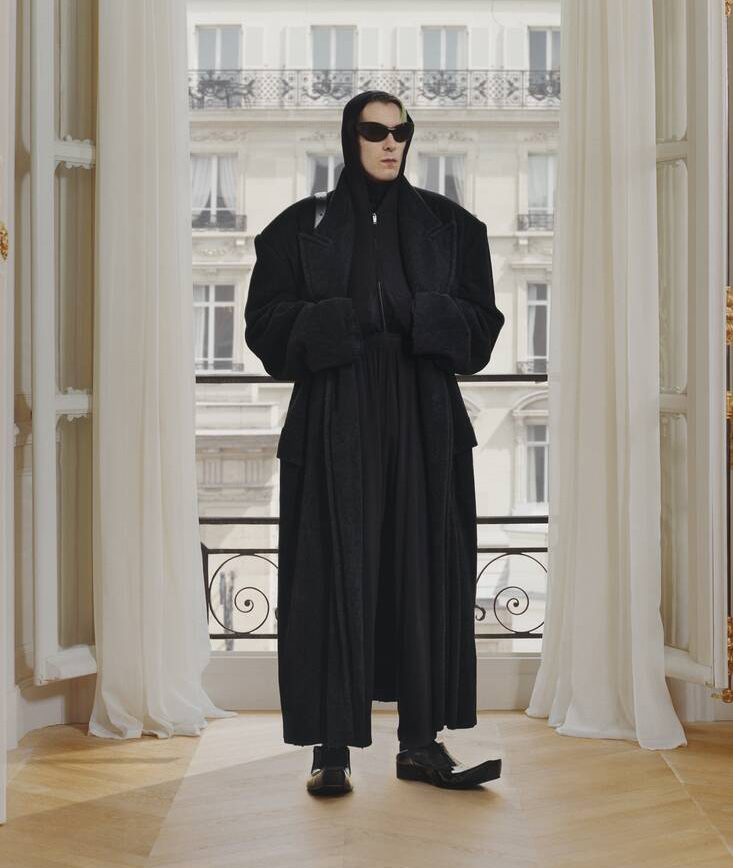
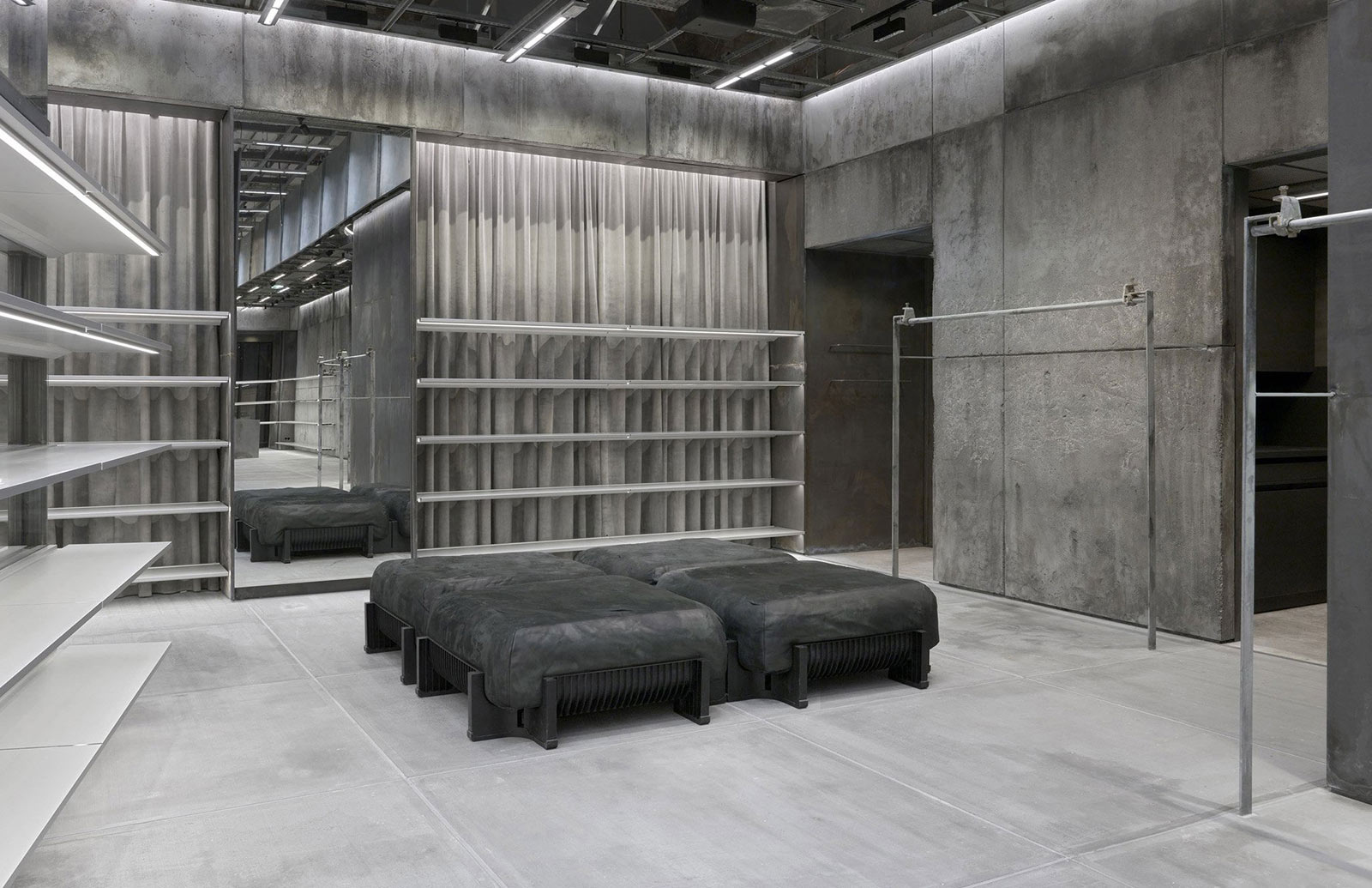
Check out our featured tees
-
Curves V.1
€29,95 View Details -
One Day In Tokyo V.1
€25,00 View Details -
Jungle macadam V.1
€29,95 View Details

